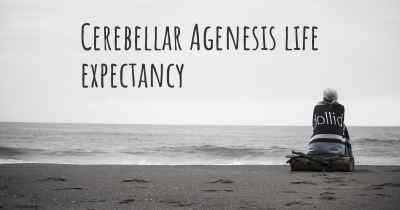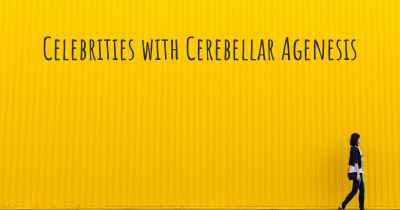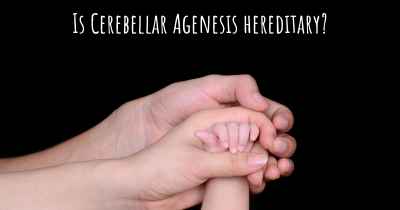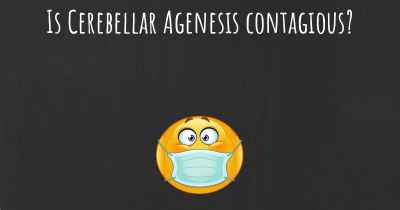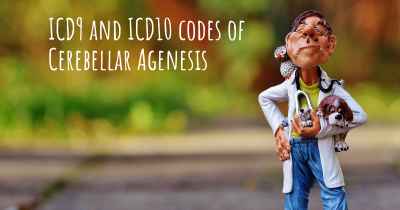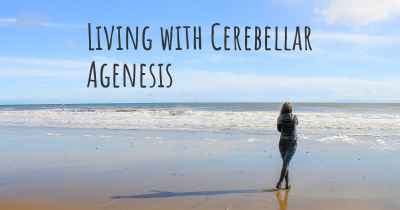How is Cerebellar Agenesis diagnosed?
See how Cerebellar Agenesis is diagnosed. Which specialists are essential to meet, what tests are needed and other useful information for the diagnosis of Cerebellar Agenesis
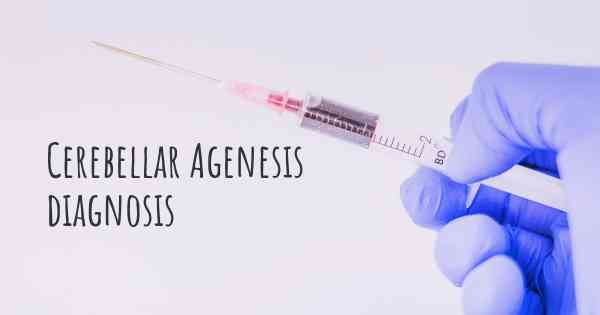
Cerebellar agenesis is a rare neurological condition characterized by the absence or underdevelopment of the cerebellum, the part of the brain responsible for coordinating movement, balance, and posture. Diagnosing cerebellar agenesis typically involves a combination of medical history evaluation, physical examination, and diagnostic tests.
Medical history evaluation: The first step in diagnosing cerebellar agenesis is to gather information about the patient's medical history. The healthcare provider will ask questions about the patient's symptoms, developmental milestones, and any family history of neurological disorders.
Physical examination: A thorough physical examination is conducted to assess the patient's neurological function. The healthcare provider will evaluate the patient's muscle tone, reflexes, coordination, balance, and posture. They may also look for any associated physical abnormalities that could indicate cerebellar agenesis.
Diagnostic tests: Several diagnostic tests may be performed to confirm the diagnosis of cerebellar agenesis:
- Magnetic Resonance Imaging (MRI): This imaging technique uses powerful magnets and radio waves to create detailed images of the brain. An MRI can provide clear visualization of the cerebellum and detect any abnormalities or absence of the cerebellar structures.
- Genetic testing: In some cases, genetic testing may be recommended to identify any underlying genetic mutations or abnormalities associated with cerebellar agenesis. This can help determine the cause of the condition and provide valuable information for genetic counseling.
- Electroencephalogram (EEG): An EEG measures the electrical activity of the brain. It may be performed to evaluate brain function and rule out any seizure activity or other abnormalities.
- Other tests: Additional tests such as blood tests, metabolic screening, or neuroimaging may be ordered to rule out other potential causes of the symptoms and to assess overall brain function.
It is important to consult with a healthcare professional if cerebellar agenesis is suspected. They will be able to guide the diagnostic process and provide appropriate care and support.
